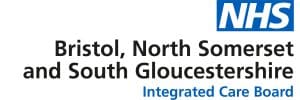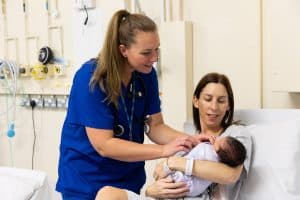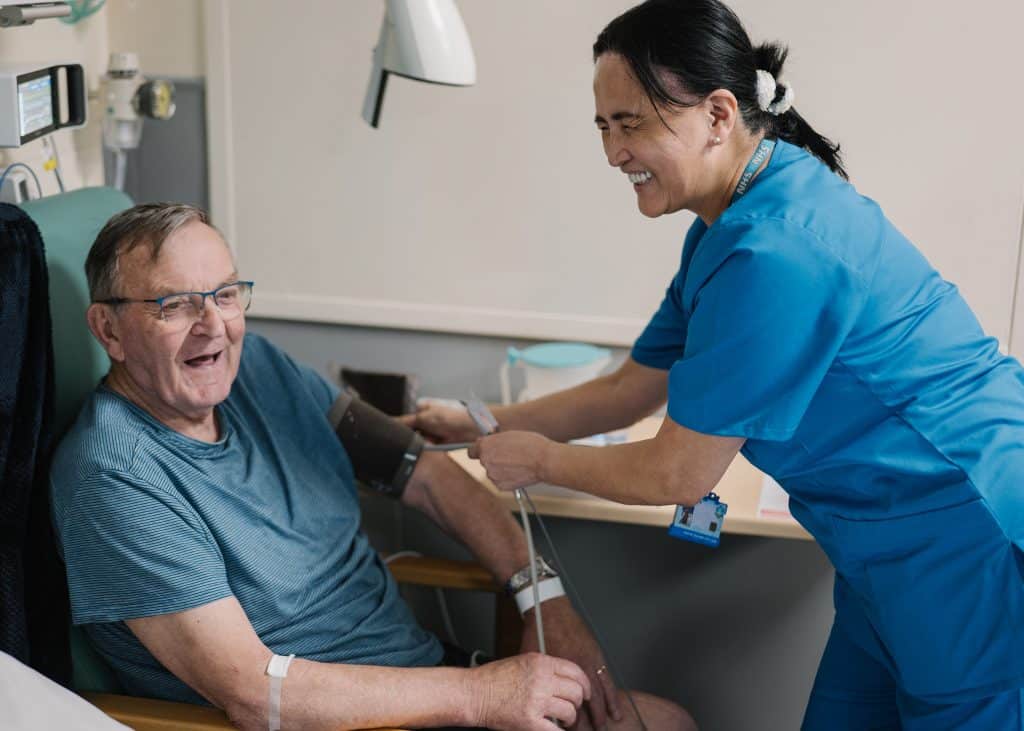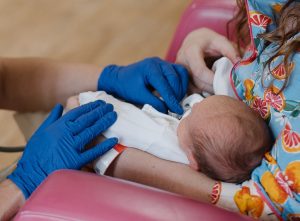Why it’s important
What we can do
How we'll measure progress
Why it’s important
In Bristol, North Somerset and South Gloucestershire, there are two hospital trusts, North Bristol NHS Trust and University Hospitals Bristol and Weston NHS Foundation Trust. Both trusts provide more than 100 different healthcare services to the local population.
As well as general and hospital healthcare, the two trusts provide specialist services including major trauma, neurosurgery, children’s services, burns, cardiac and cancer services.
The two hospitals have formed a hospital group and Joint Clinical Strategy (PDF), which will further strengthen their approach to collaboration.
We want to address the demand and capacity gaps across our hospital services, reducing how long people wait for appointments, tests and treatment, and supporting them while they wait.
What we can do
- Reduce waiting times through single points of referral access and jointly manage waiting lists.
- Shift from treatment to prevention, playing a greater role in reactive monitoring, which will help people to live well at home for longer.
- Accelerate digital transformation to enhance patient experience and the quality of care delivered, including promoting the NHS App and empowering patients with digital tools.
- Support the delivery of the Joint Clinical Strategy.
- Refresh the Urgent and Emergency Care Five-Year Strategic Plan to improve access, responsiveness and system resilience.
How we’ll measure progress
- Reduce average hospital length of stay by 10%.
- Work towards achieving a return to the standard for Referral to Treatment waiting times (RTT), to 92% seen within 18 weeks.
- Expand NHS@Home, growing from 100 to 120 virtual ward beds up to 450.
We will also work towards achieving and maintaining the cancer wait time standards:
- 80% diagnosed or ruled out within 28 days of urgent GP referral.
- 96% begin treatment within 31 days of decision to treat.
- 85% start treatment within 62 days of being referred on an urgent suspected cancer pathway or through consultant upgrade.
This page provides an overview. To read about our plans in detail, take a look at the full Joint Forward Plan 2025 to 2030.
Joint Forward Plan 2025 to 2030
In this video, find out more about the ‘NHS@Home’ service, a joint initiative by local NHS organisations that offers hospital-level care and remote monitoring in an individual’s home.
Strategic Commitments
Outcomes Framework
The Strategic Commitments and Outcomes Framework tick boxes show a brief summary of how different areas of work contribute to our wider strategic aims and outcomes.
Outcomes framework – We use a system outcomes framework to measure our progress. Each outcome has linked indicators designed to monitor our progress and link it back to our strategic objectives.
Strategic commitments – These are the nine commitments we made in our Integrated Care System Strategy to transform our services.




